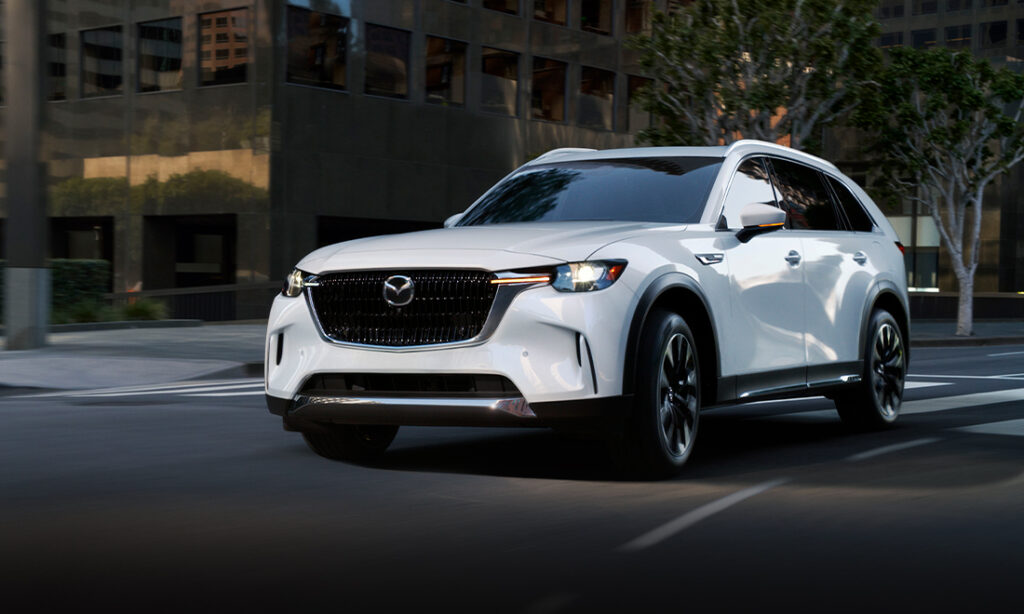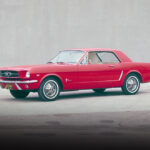Classic Clash: Ford Country Squire vs Chevy Brookwood
Long before SUVs dominated the roads, the Chevrolet Brookwood and the Ford Country Squire battled for supremacy and now we’re calling a winner.
Two Great Full Sized Station Wagons

By 1971 the Chevrolet Brookwood and the Ford Country Squire had gained a following that had lasted for decades. The end for each model was coming. The oil crisis was about to neuter each car’s powertrain and the market for wagons would soon dwindle not long after. Before these two boat-sized family haulers left they gave us one last great battle in ’71 though.
Today, we’re comparing them to see which one is the true American station wagon king. We’ll discuss their history, how they compared directly in 1971 and how they’re viewed today. For more info on Dodge station wagons see this article.
Are We There Yet?

That question reverberated inside the cabin of each of these cars even more in 1972 than it did in the years previous. That’s because new regulations meant a significant drop in power and slower speeds, thus longer trips for buyers. How did the two wagons get there though?
The Brookwood started out in 1958 as its own standalone model but it didn’t last long. By 1962, it was already gone. That decision wouldn’t last either though as Chevrolet revived the name in 1969 for use as the wagon version of the Biscayne. In fact, it wasn’t even given the distinction of carrying that lineup. Instead, it was used as the bottom-tiered trim of that subset of station wagons. Above it were other trims like the Townsman, the Kingswood, and the Kingswood Estate. For 1971, the Brookwood was looped into a full restyling though.
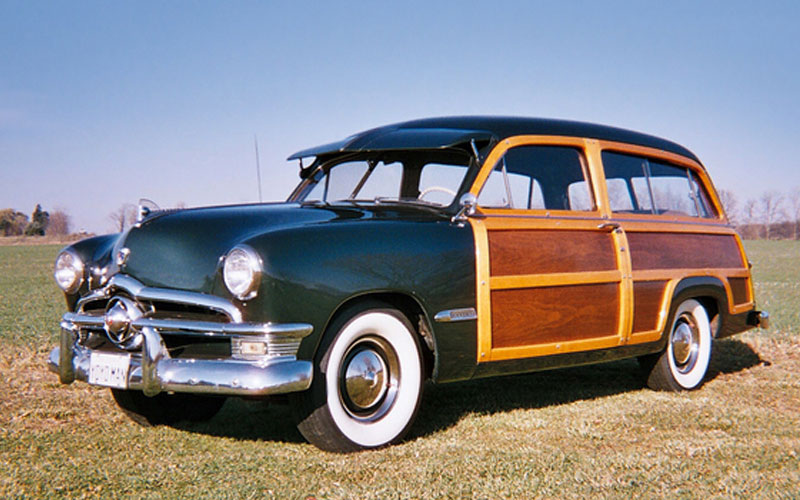
The Ford LTD Country Squire dates even further back to 1950. The year before, Ford had introduced its first post-war model line. In 1950, renamed one of those lines the Custom Deluxe Country Squire. For the first two years of production, the Country Squire featured real wood exterior trim. It would continue to utilize faux wood exterior trim throughout its existence until the model ended its run in 1991.
Much like the Brookwood, the Country Squire nameplate signaled to buyers that the vehicle in question was a station wagon. As such, Ford used it on a number of different models like the Galaxie and the Fairlane. It is most well remembered for its use on the LTD. In 1969, the LTD Country Squire was all new and in 1971 it set a new sales record.
Wagon To Wagon
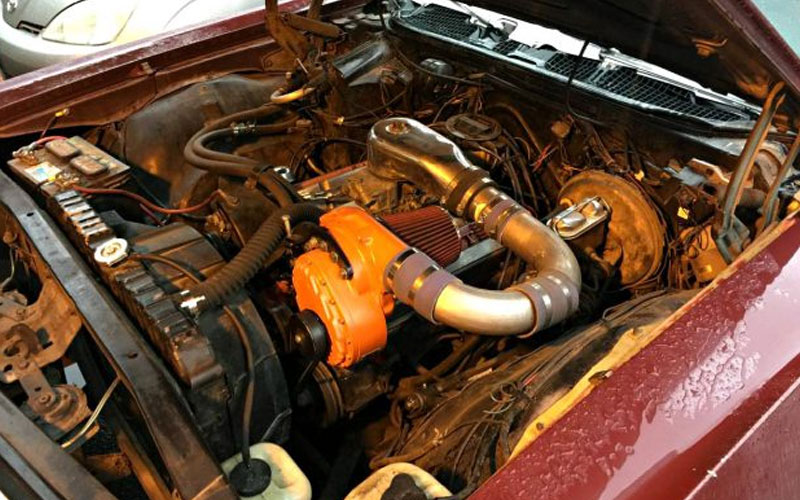
Chevrolet wasn’t pushing the Brookwood very hard by 1971. It wasn’t even listed in Chevrolet’s catalog at the time. Nevertheless, it was a quick and capable everyday family cruiser. Under the hood, buyers could specify one of three available V8 engines. The base was a 350 cubic-inch V8 dubbed the Turbo-Fire. It developed 245 hp and 390 pound-feet of torque. Above that were a pair of V8’s called “Turbo Jet” the smaller of which (400ci) made 255 hp and 400 pound-feet of torque. The one that really laid rubber though was a larger 454ci version which made 365 horsepower and 465 pound-feet of torque.
While a manual transmission was offered until mid-way through ’71, most Brookwood models rolled off the line with a three-speed automatic. It wasn’t all about power though. Space and practicality were high on the priority list. As such, the Brookwood featured seating for up to nine thanks to three rows of forward-facing seats. At the rear of the vehicle was Chevrolet’s “Glide-Away” tailgate which rotated and slid into the rear load floor.
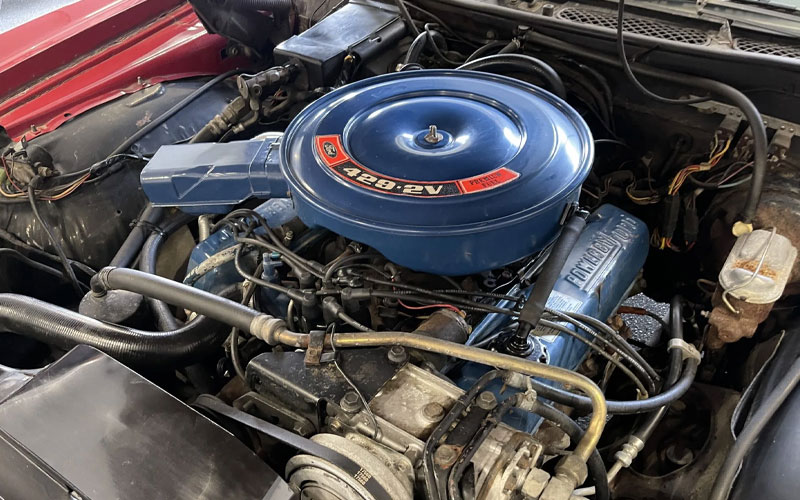
Ford wasn’t in the business of being outdone though and the 1971 LTD Country Squire wagon was a much bigger player for the blue oval badge. A 351ci V8 with 240 hp and 350 lb-ft of torque served as the base engine and just like the Brookwood, the next step up, a 390ci V8, developed 255 hp but made only 376 lb-ft of torque.
Ford also offered a 400ci V8 but it produced 260 ponies and 400 lb-ft of torque. That wasn’t much more power than the base engine but enough torque that buyers noticed. To do battle with the Brookwood’s hopped-up 454 V8, Ford dropped a 429 V8 into the Country Squire. It made 360 hp but 480 lb-ft of torque.
Just like the Brookwood, most Country Squire station wagons feature a three-speed automatic transmission though the 351ci and 390ci engines were available with a three-on-the-tree manual transmission. On top of that, it had seating for eight and its own special rear door situation. Dubbed the “Magic Doorgate”, the tailgate could both lower like traditional tailgate and it could also swing out from hinges on the driver’s side. It could be optioned with a power-sliding window too.
The Legacy Left

These wagons were two of the best in 1971. For Chevrolet though it’s the Impala Kingswood that gets much of the attention. The Brookwood would be discontinued completely by 1973. Its namesake is most often tied to the earliest models from the late 50s and early 60s. As such, it’s hard to find a later-year model Brookwood.
Value depends greatly on condition and mileage. As no 1971 Brookwood models have publicly traded hands recently we’ll rely on third-party values from J.D. Power. It lists the “low retail” value of the 71’ Brookwood at $10,600. To qualify for that pricing though “it is most usable ‘as is’ and is not a ‘parts car.”
So if you find one in less than daily-drivable condition it shouldn’t be priced that high. Keep in mind too that private party sales often end up being for a dollar amount well below ‘retail’. J.D. Power also says that a ‘High Retail’ price for a Brookwood in excellent condition is $31,600.
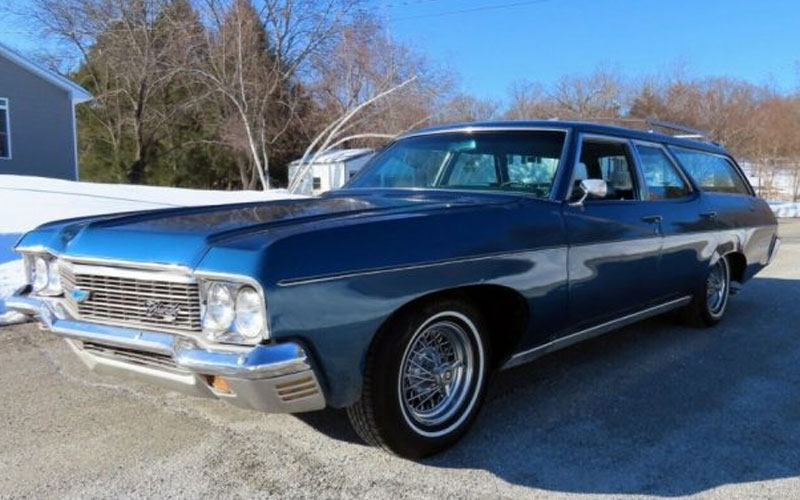
The Ford LTD Country Squire is a different story though. As it continued production until 1991 it continued gaining followers and fans the whole time. Much like the Brookwood, the earliest examples are often the most sought-after. Many of these cars have traded hands on public auction sites so we can say with authority that cars from 1950 or 1951 can sell for north of $60,000 when in good condition.
Examples from 1971 are still in demand though and nicer units will trade hands for $30,000 or a little more at times. Find one in decent condition and you can expect to pay somewhere in the neighborhood of $15,000 to $20,000. That’s a decent chunk of change but you won’t find anything like it on the market today.
Brookwood vs Country Squire: Which do we pick?

Ultimately, it’s impossible to pick the Chevrolet Brookwood over the Ford LTD Country Squire for a number of reasons. They’re both great family haulers with unique styling that harkens back to their era.
The Country Squire has so much more history and relevance because of it. Not only was it still available with its classic woody styling in 1971, but the model lived on long after that year too. Today, it’s the more desirable car by far and so it takes the win.




